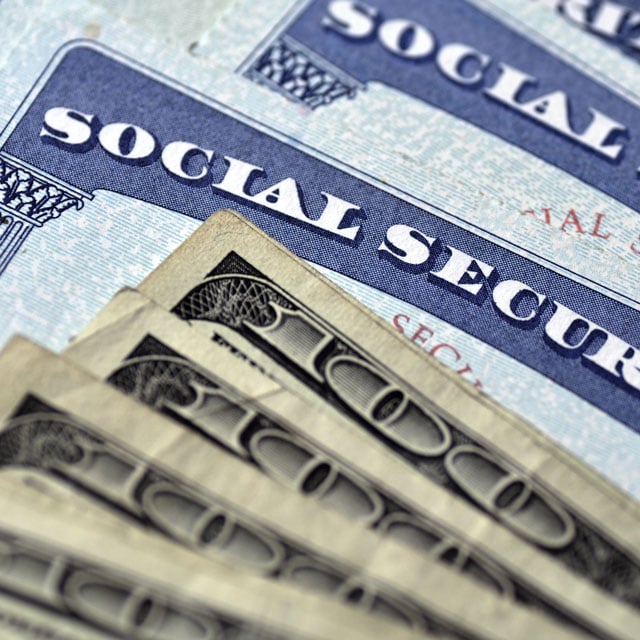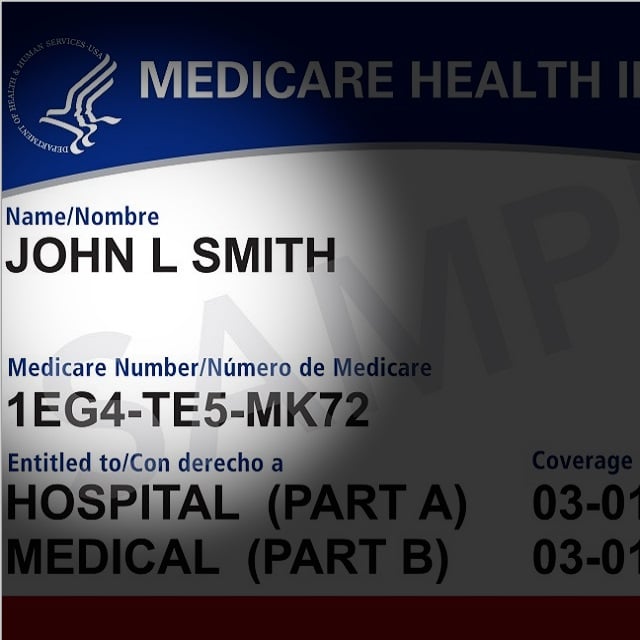COVID-19 Could Cost Commercial Plans $499 Billion: Fair Health
Sponsored by coronavirus
Resources
- A copy of the FAIR Health COVID-19 treatment cost analysis is available here.
- A copy of the CMS National Health Expenditure projections packet, including Table 04 in the NHE Projections 2019-2028 ZIP file, is available here.
- An article about the NHE Projections packet for 2019 is available here.
COVID-19 Care Cost Math
FAIR Health analysts now estimate, based on typical charges for flu and pneumonia care, that hospitals will probably charge an average of about $73,300 per patient for patients with COVID-19 who need inpatient care for pneumonia or other COVID-19 complications. Medicaid and Medicare may pay the hospitals only a small fraction of what the hospitals bill, but commercial insurers could end up paying more than half of the billed charges, according to the FAIR Health analysts. One offset may be that, for their own protection, physicians hope to treat most patients with mild SARS-CoV-2 infections through telehealth visits. FAIR Health analysts did not give a per-patient estimate of telehealth costs, but they found that commercial insurers typically pay $100 or less per telehealth visit for procedural codes related to colds, flu and other respiratory infections.
Mild, Middle, Bad
The FAIR Health analysts calculated separate hospitalization cost estimates based on whether the percentage of all Americans who get COVID-19 in 2020 is 20%, 40% or 60%, and whether the perentage who need inpatient hospital care is 15% of the patients who seek care or 20% of the patients who seek care. The Mildest Scenario (20% infected; 15% of those seeking care need hospital care)
- Number hospitalized: 4.9 million
- Patients, ages 19 or younger: 24,706
- Patients, ages 20-64: 2.7 million
- Patients: 65 or older: 2.2 million
- Number hospitalized: 9.9 million
- Patients, ages 19 or younger: 49,413
- Patients, ages 20-64: 5.4 million
- Patients: 65 or older: 4.4 million
- Number hospitalized: 20 million
- Patients, ages 19 or younger: 98,825
- Patients, ages 20-64: 11 million
- Patients: 65 or older: 8.8 million
The CMS Actuaries
CMS officials themselves have emphasized that COVID-19 could make a mockery of their 2020 health expenditures projections. "The latest projections begin after the latest historical year (2018) and go through 2028," officials state on the website presenting the data. "These projections do not take into account the impacts of COVID-19 because of the timing of the report and the highly uncertain nature of the pandemic." — Read America Will Dramatically Change the Way It Provides Health Care by 2030, on ThinkAdvisor. — Connect with ThinkAdvisor Life/Health on Facebook, LinkedIn and Twitter.
© 2025 ALM Global, LLC, All Rights Reserved. Request academic re-use from www.copyright.com. All other uses, submit a request to [email protected]. For more information visit Asset & Logo Licensing.
Featured Resources
View All
Sponsored by Illinois Mutual Life Insurance Company
4 Reasons To Sell Simplified Issue Disability Income Insurance (SIDI)

Sponsored by Illinois Mutual Life Insurance Company
Simplified Issue Disability Income Insurance (SIDI): A Smarter Way to Sell and Protect







